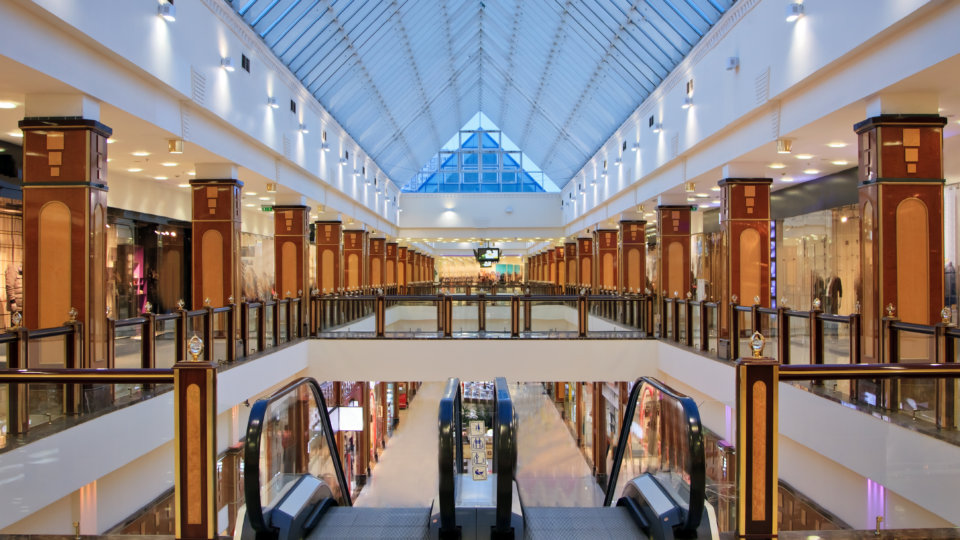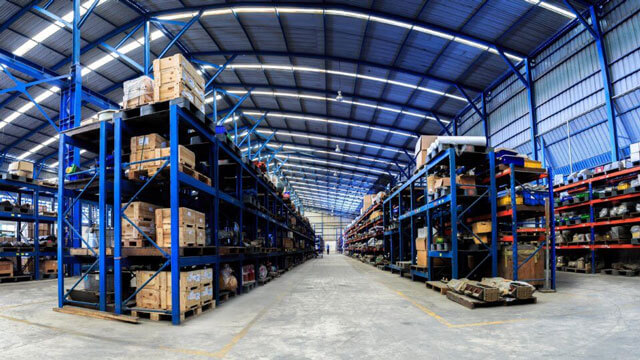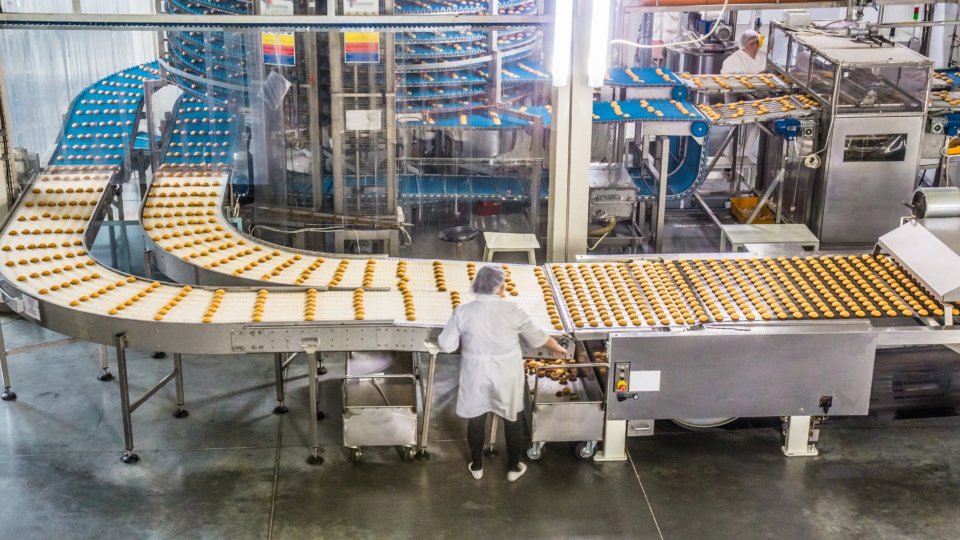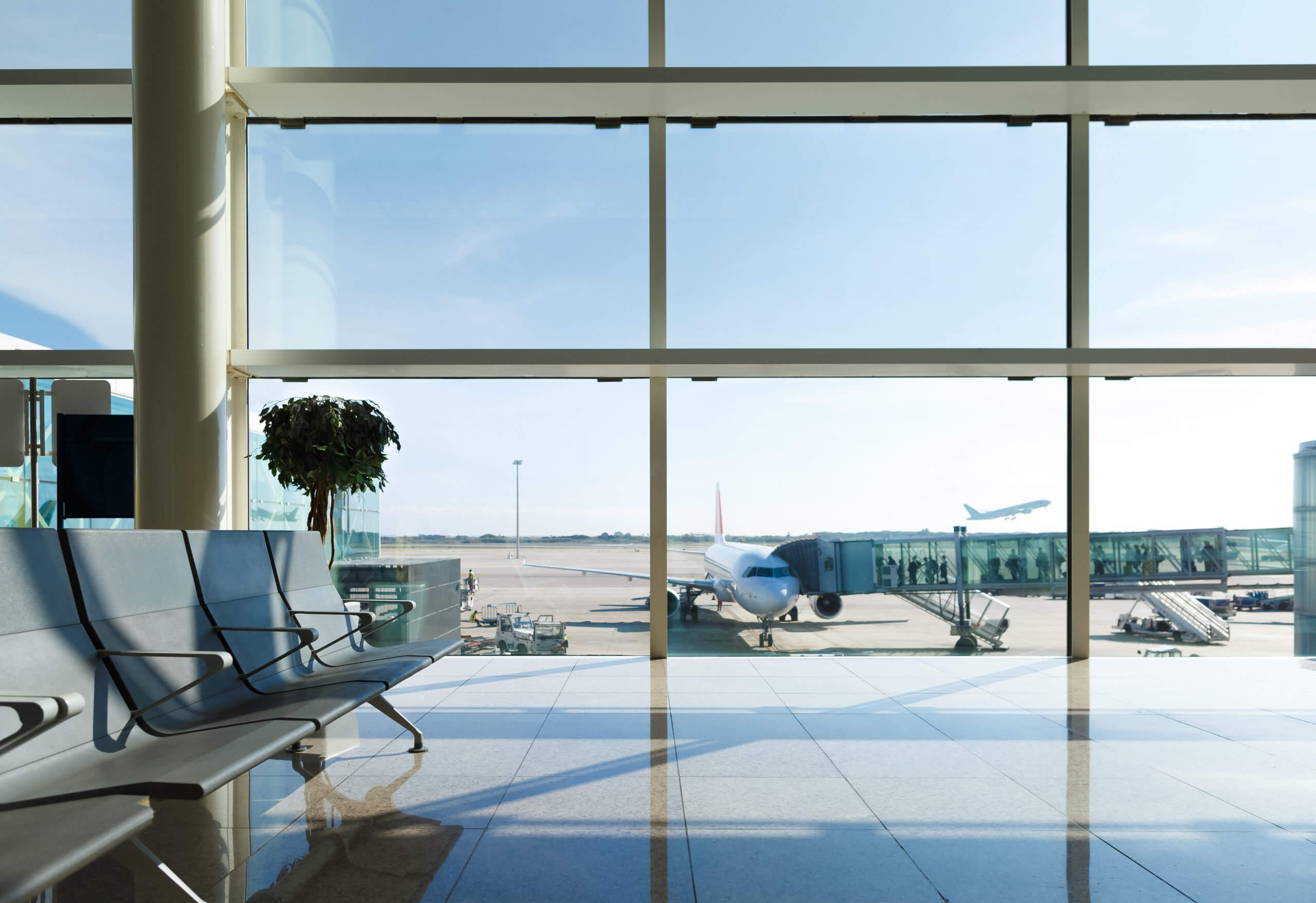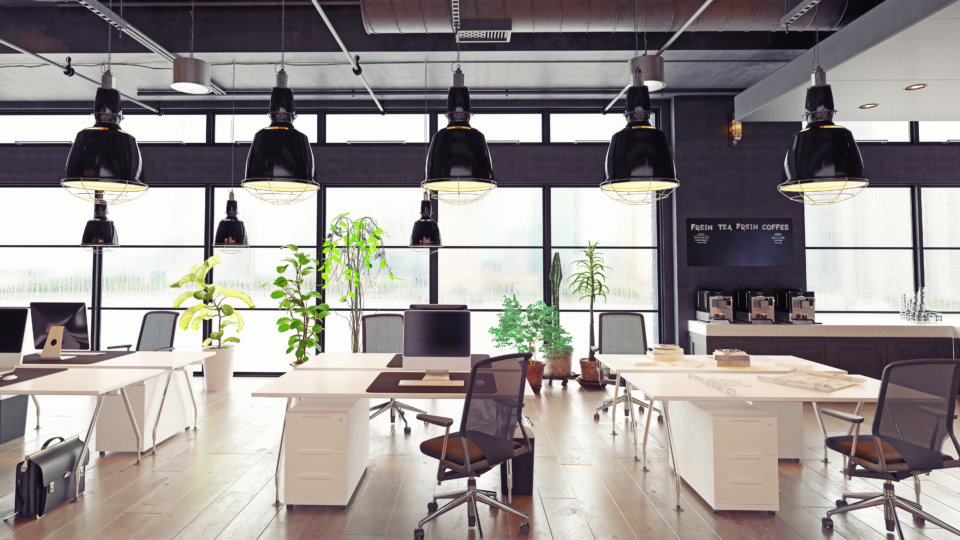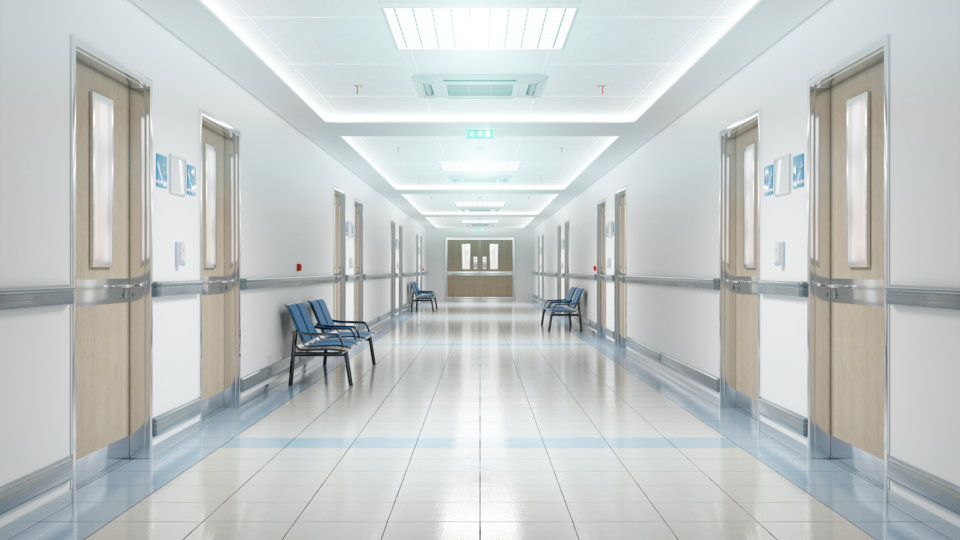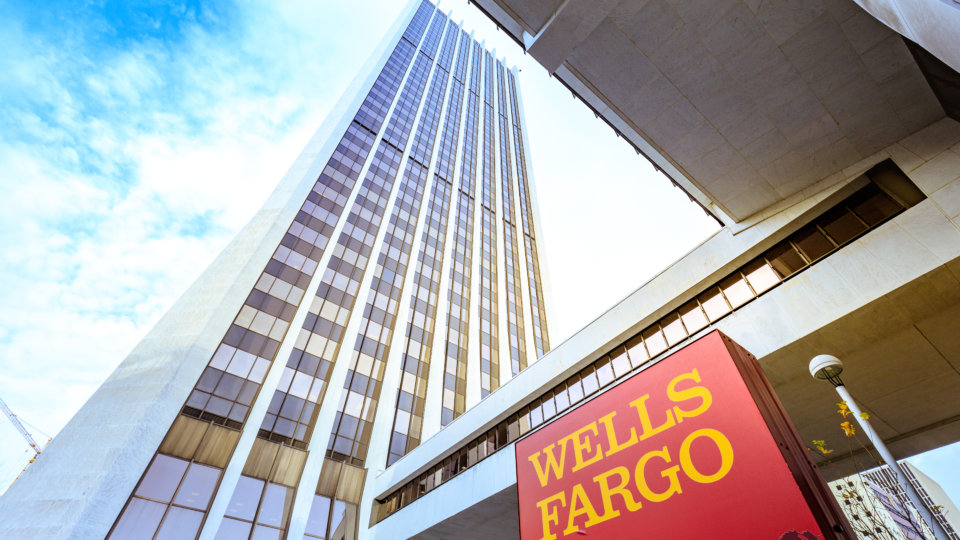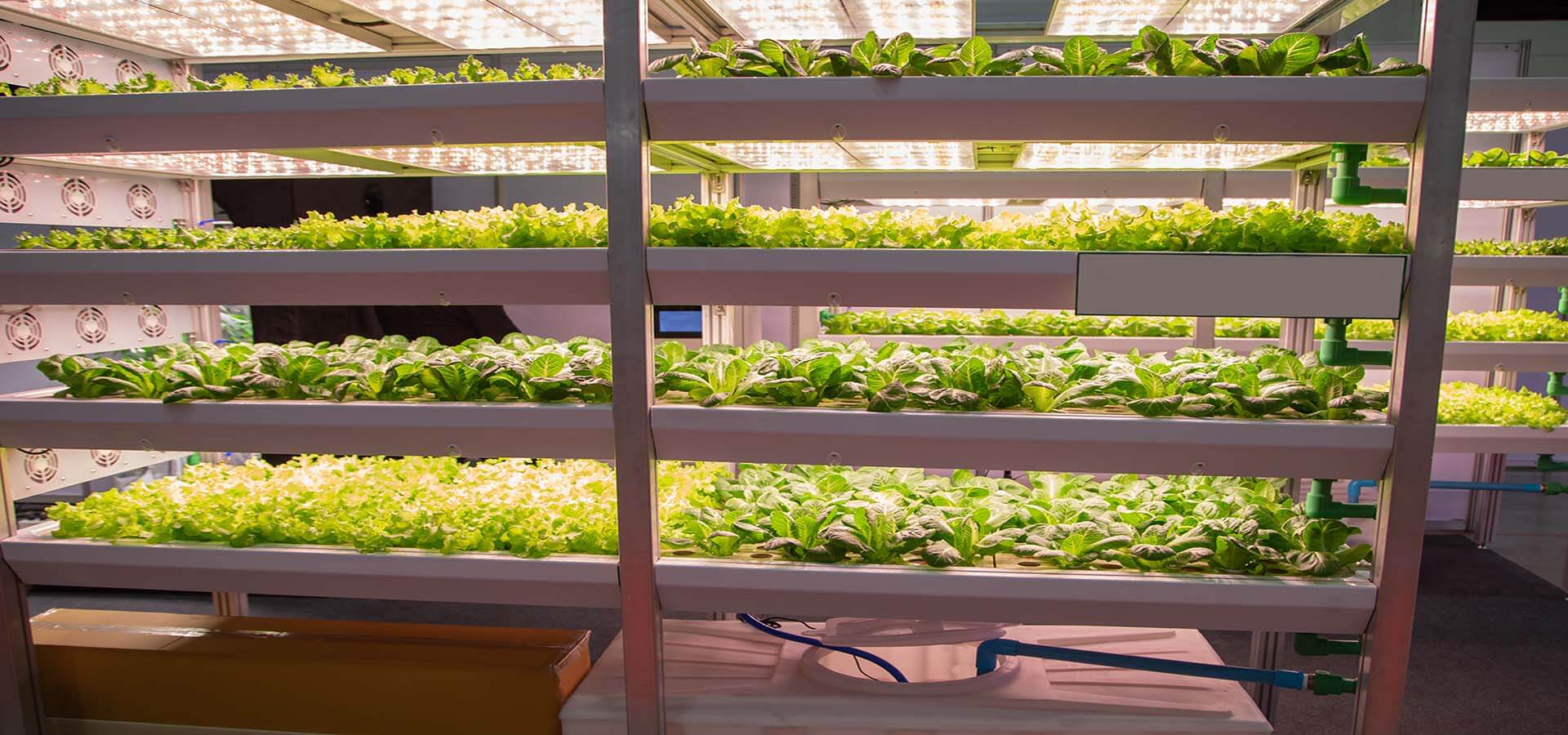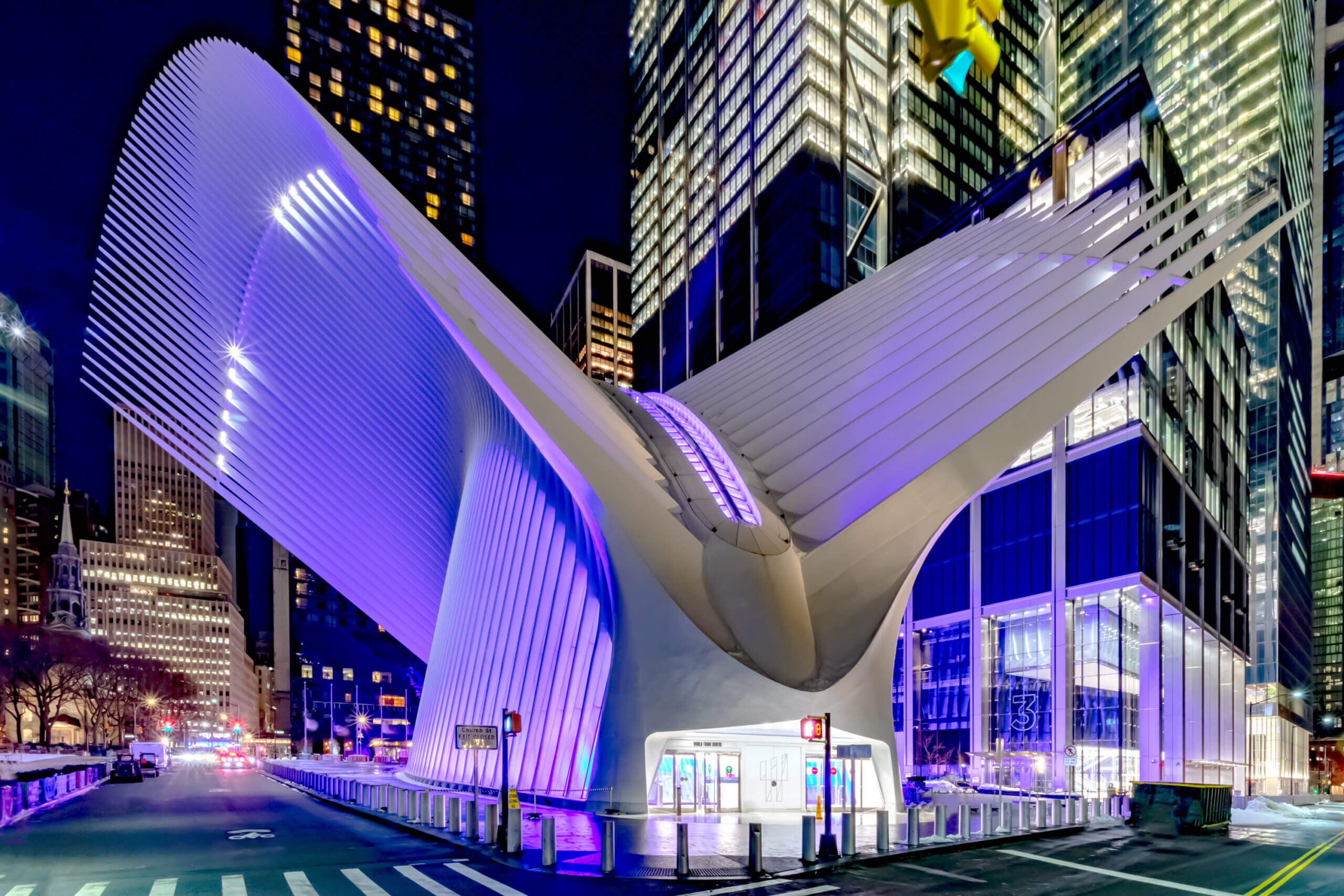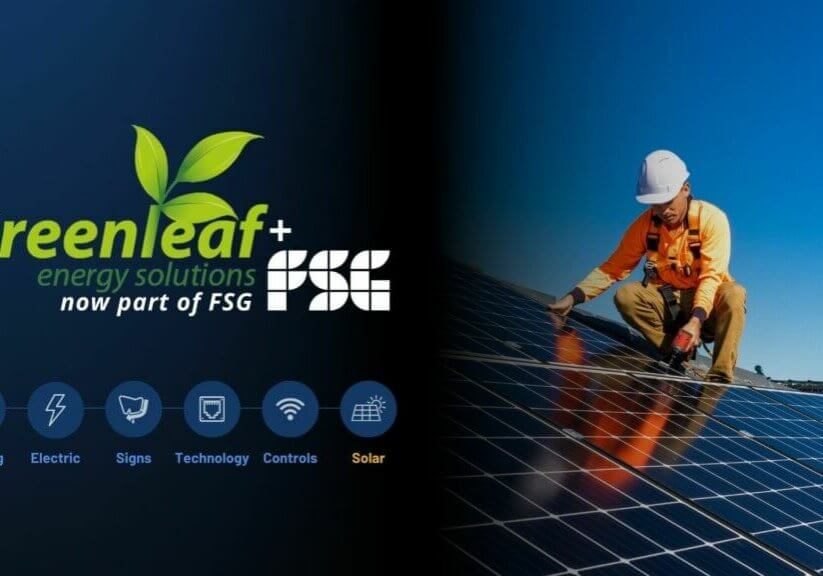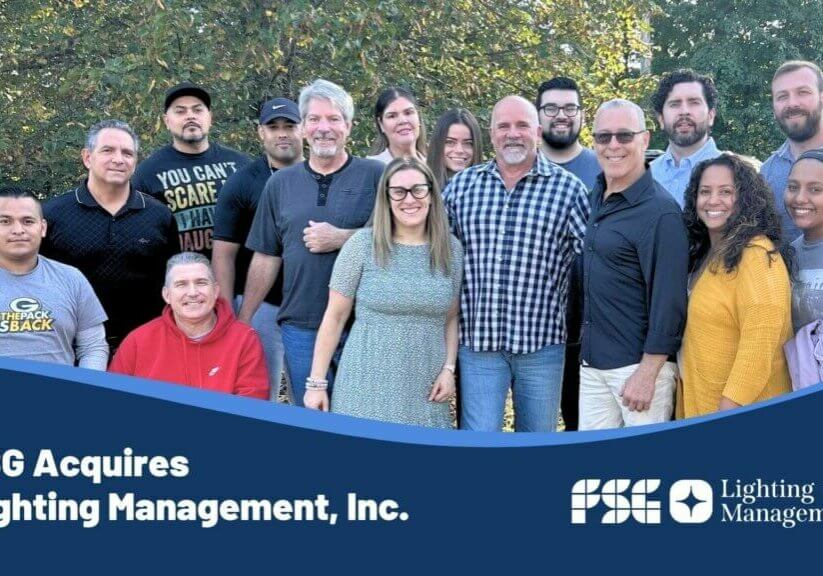How to Reduce Commercial Energy Usage
Share Article
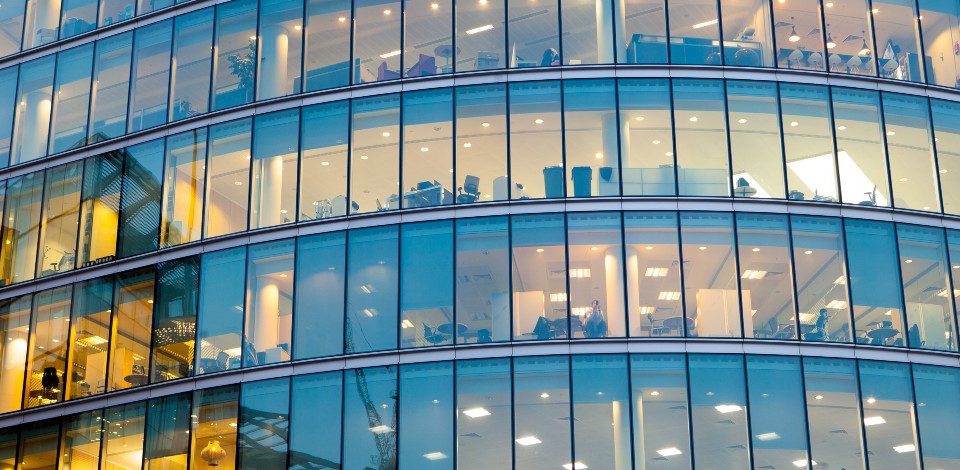
The United States Department of Energy (DOE) has previously found that the building sector makes up 76 percent of electricity use in the United States.
It also causes 40 percent of the country’s primary energy use and associated greenhouse gas (GHG) emissions. Because of this, improving commercial energy consumption can have a huge impact on the nation’s overall energy consumption.
Retail buildings have the largest energy use of any commercial sector.
This means that retailers have a lot to gain by improving their energy efficiency and reducing their utility bills. Thankfully, there are a few impactful ways that businesses can reduce their power consumption.
A Breakdown of Commercial Energy Consumption
According to the United States Energy Information Administration (EIA), the top five building categories consumed half of the energy used by all commercial buildings.
The largest consumption of energy occurred at retail and service buildings. This category accounted for 15 percent of all energy used by commercial buildings. The mercantile and service category includes dry cleaners, malls, car dealerships, gas stations, and stores.
The second category on the list consists of office buildings. Professional offices, banks, and government offices make up 14 percent of energy consumption. Educational organizations make up 10 percent of energy consumption.
The fourth leading source of energy consumption was the health care industry. This section includes medical offices and hospitals, which use 8 percent of commercial energy.
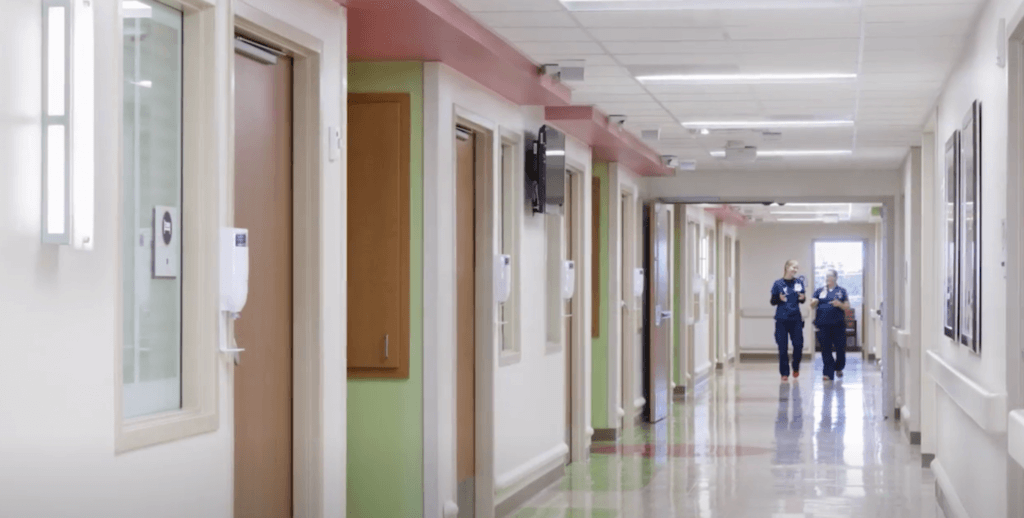
Finally, the hospitality industry accounted for 6 percent of consumption. Other than hotels, this sector also includes facilities like nursing homes and dormitories. Altogether, these five categories use more than 53 percent of commercial electricity.
Total building efficiency is one of the most important factors to consider if you want to improve your electricity usage.
In most buildings, HVAC systems use around 30 percent of the building’s electrical power. Meanwhile, lighting uses up 17 percent of the building’s energy. Major appliances like freezers and water heaters account for 18 percent of the energy bill. Finally, the last 36 percent of power consumption is used up by miscellaneous things like electronics.

How Can You Improve Your Energy Efficiency?
There are several ways that businesses can improve their energy efficiency. According to the Department of Energy, improvements in HVAC systems can save 35% on annual HVAC energy costs.
By comparison, LED lighting retrofits can save businesses up to 80% annually on lighting costs.
There are a variety of techniques you can use to boost your company’s efficiency. The following are some of the ways you can instantly reduce your company’s electricity consumption.
- Insulation: By using higher R-factor insulation materials, and increasing insulation, you can reduce the amount your company spends on air conditioning and heating costs.
- Phantom energy: One way you can reduce your energy consumption is by getting rid of phantom energy. This is the energy your devices consume when they are plugged in and not actually being used. If you use power strips or Smart Controls, you can easily shut off multiple devices with the flip of a single switch or automation.
- Heat pumps: With high-efficiency heat pumps, you can reduce the refrigerants your company uses. This can decrease the GHG emissions your company releases.
- Energy audits: Many electric utility providers will give you a free audit to look at your baseline energy use and how you can improve your company’s electrical consumption.
- Occupancy sensors: You can install occupancy sensors and software to manage lights and HVAC systems. When no one is present, the system can automatically turn off the heat or dim the lights.
- Energy-efficient equipment: When you buy new office equipment, see if it has an Energy Star rating. This designation shows which devices can help you save money on energy costs.
- Programmable thermostats: A programmable thermostat allows you to automatically shut off your HVAC systems when your office is closed.
- LED lighting: If you are still using old-fashioned bulbs, it is time to switch to LED lights instead. These energy-efficient bulbs use significantly less electricity than traditional bulbs and last longer as well. Even installing new LED bulbs today can save money over LED bulbs installed 4 years ago.
Start by Measuring Your Energy Usage
Before you invest in new equipment, you should understand how much energy your commercial building actually uses. You can start this process by looking at your utility bills. Many electricity providers will also give you a free audit of your electricity usage as well.
A trusted lighting or energy advisor can help you identify how much savings you can expect if you upgrade your lighting or other equipment.
With a lighting audit, you can get a very accurate idea of what your energy savings will look like over the coming years. This helps to give the business a “simple payback”, or how long it will take for your savings to equal the cost of the initial investment.
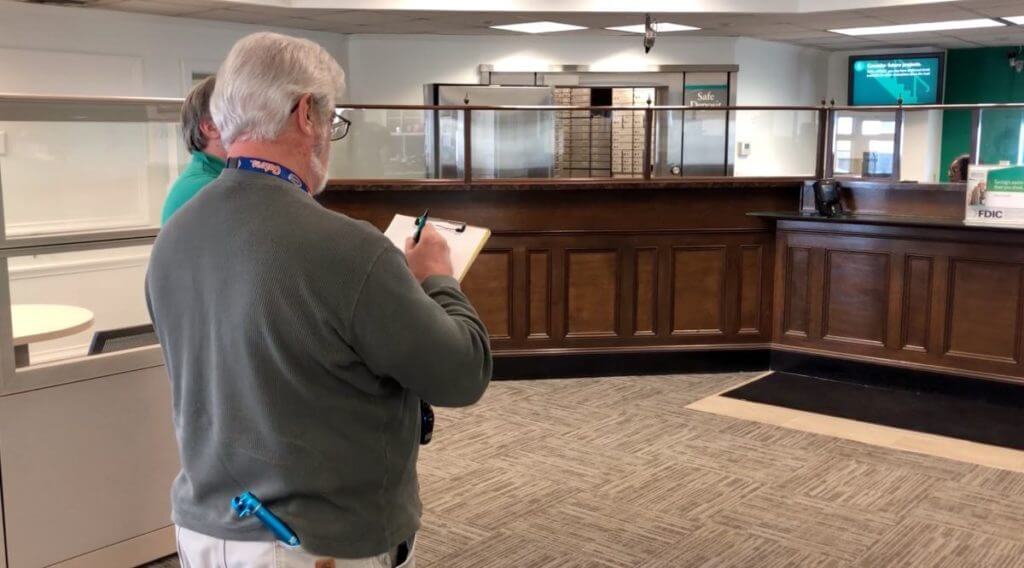
In a professional energy audit, you are able to learn about the amount of energy your property uses and where it is losing energy. Then, you are able to discover problem areas and how you can improve your company’s energy efficiency.
With an audit, you will get a thorough assessment that may involve PerFluorocarbon tracer gas, blower doors, and infrared cameras.
Focus on the Building Envelope
The building envelope consists of the roof, walls, foundation and windows of your building. These sections of the building protect the interior rooms from the exterior environment. When it is working properly, the building envelope controls how moisture and heat move throughout your building.
You can impact how your building absorbs or reflects heat by changing the color of the building. An estimated 60 percent of the heating load in a commercial building comes from the windows as sunlight streams in. Since the cooling load is the amount of heat you must remove to maintain a comfortable temperature, almost all of the building’s cooling load comes from the windows.
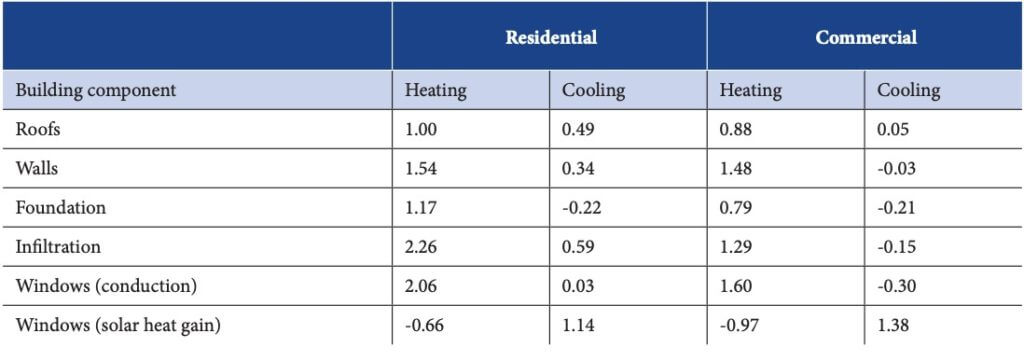
Your window quality is important for improving your energy efficiency. You can see how good specific windows are by looking at their insulating value. In cold regions, the best windows will allow more light and heat into the building.
Meanwhile, warm regions will need windows that block infrared heat. Glass coatings can reduce re-emission and absorption of infrared light. Today, there are commercial options available that have seven times the insulation you get with basic, single-glazed windows.
While windows are the leading cause of energy loss, the rest of the building envelope is also important. The walls, foundation and roof of your building impact the way heat is absorbed or emitted. Ideally, you want to find building materials that are light and thin.
Products like vacuum insulation and silica aerogel are both ideal options. When you look for insulation materials, you can even find products available that have a thermal resistance rating of R-10 per inch. While R-10 materials are still fairly pricey, new technology is making energy-efficient insulation more affordable as time goes by.
Update Your Lighting
Lighting can play a huge role in commercial energy usage. Depending on your situation, you may want to consider relamping your current lights or doing a full LED lighting retrofit.
While replacing single lamps for new ones of the same type (relamp) can make sense for small businesses. If this is the best option for your business, then it makes sense to group relamp rooms or sections at a time.
A full retrofit involves replacing all of the old with new. Not only does an LED retrofit save a lot of money on annual energy bills, but customers consistently tell us how much maintenance time and costs they saved after the retrofit was completed.
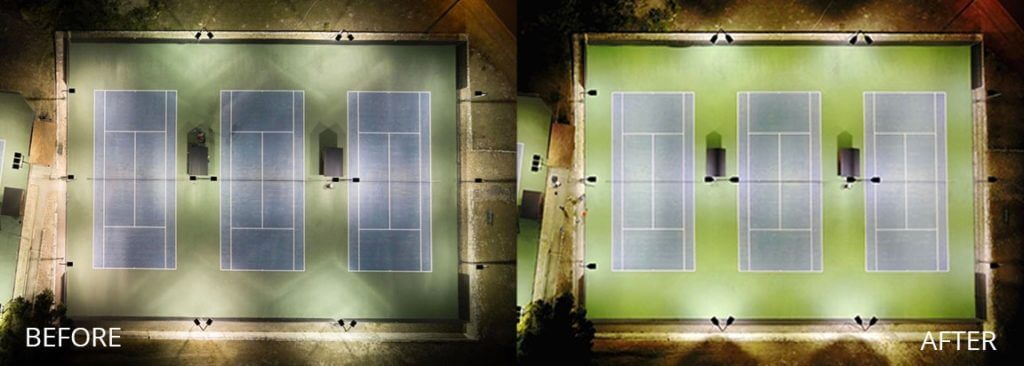
You can also install timers and sensors that automatically turn off the lights when no one is present.
A more advanced option is installing smart controls. Smart controls can give you precise control, reporting, and realized savings over the building envelope. Smart controls can include lighting timers, occupancy sensors, key card entries, wall plugs, HVAC control, and more.
LED lamps are also good for aiming light in a specific direction. They can reduce your building’s cooling load, and they also have much longer lifespans than traditional bulbs.
When it comes to design, LED lights are more consistent with the quantity and color quality of the light they emit. You can integrate them with dimmers, which makes them a good fit for the aesthetic you want to achieve.
Reduce Your HVAC Costs
At the average retail shop, HVAC makes up 35 percent of the store’s total energy consumption. Thankfully, there are plenty of ways you can improve the energy efficiency of your HVAC equipment.
For example, updating your current HVAC systems is a big win if you have dated systems. Newer HVAC models use less energy and are more effective at heating or cooling a space. Also using natural ventilation can reduce your energy consumption.
With HVAC controls, you can control the indoor climate based on many factors, which means you can keep your customers and employees comfortable without spending too much on your building’s electrical output.
Smart HVAC controls make adjusting your HVAC systems even easier. Smart controls are essential if you manage multiple facilities and need to be able to monitor reports and optimize controls from a remote location.
Speak with a Trusted Advisor
Commercial facilities make up a major portion of American energy consumption. Whether you run a multinational corporation or a local store, you can save money by adopting a few energy-efficient updates.
With changes like upgraded lighting, you can lower your company’s energy usage.
If you have questions about upgrading the lighting in your facilities or installing lighting or HVAC controls, call us at (512) 886-1258 and we will connect you with a trusted advisor closest to you.



